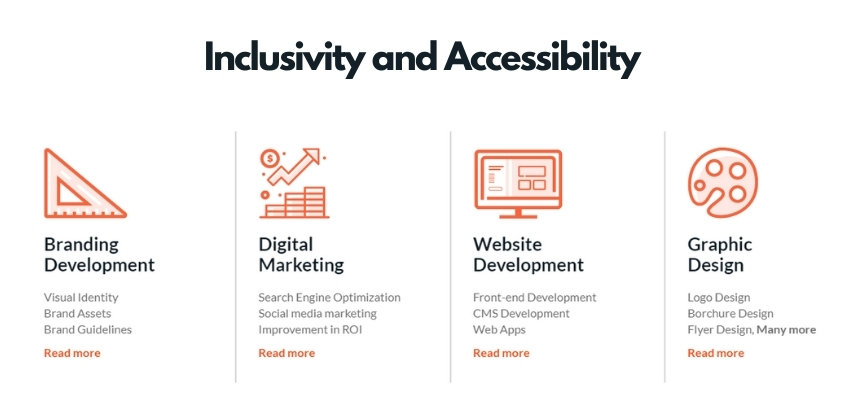How Does Architecture Promote Inclusivity And Accessibility In Public Spaces?

Architecture is more than just a profession, it is a social responsibility. The built environment shapes our experiences, and it is crucial that everyone has access to it. In this post, we will explore the importance of accessibility in architecture and how social awareness plays a vital role in achieving it.
Why Accessibility Matters in Architecture
When we talk about accessibility, we are referring to the design of the built environment that allows people of all abilities and disabilities to navigate and utilize spaces safely and efficiently. In architecture, accessibility is essential because it ensures that everyone can participate in and enjoy urban environments and buildings.
The Role of Social Awareness in Achieving Accessibility
Social awareness is crucial in advocating for the needs of marginalized communities, including persons with disabilities. It allows architects and designers to understand their perspective and design for them.
Here are some ways in which social awareness can help achieve accessibility:
1. Understanding Different Disabilities
When designing for accessibility, it is essential to understand the different disabilities that people may experience. This includes but is not limited to, mobility impairments, visual impairments, hearing impairments, and cognitive impairments. By understanding these disabilities, architects can design buildings and spaces that are accommodating to everyone.
2. Co-Designing with Communities
Co-designing with communities and marginalized groups ensures that they have a say in the design process. This allows architects to take into account the lived experiences and needs of these groups, ensuring that their ideas are heard and incorporated into the final design.
3. Prioritizing Universal Design
Universal design is the idea that everything should be designed to be accessible to the greatest number of people, regardless of their abilities. This approach not only benefits people with disabilities but also promotes equal access for all. By prioritizing universal design, architects can create environments that are inclusive and welcoming to everyone.
4. Educating the Public
Education is critical in increasing awareness of accessibility issues and promoting public support for accessible design. Architects and designers can work with non-profits and community organizations to educate the public and promote the importance of accessibility in the built environment.
Frequently Asked Questions (FAQs)
What is the Americans with Disabilities Act (ADA)?
The Americans with Disabilities Act (ADA) is a federal law that prohibits discrimination against people with disabilities in all areas of public life, including the built environment. This law requires new construction and major renovations to meet certain design standards for accessibility.
What are some accessible design features?
Accessible design features include but are not limited to, wide doorways and hallways, flat, level entryways, accessible parking spaces, visual and audible alarms, and adjustable height countertops. These features ensure that people of all abilities can navigate and utilize spaces safely and efficiently.
Why is social awareness important in architecture?
Social awareness is essential in advocating for the needs of marginalized communities, including persons with disabilities. By understanding their perspectives and designing for them, architects can create environments that are inclusive and welcoming to everyone.
What is universal design?
Universal design is the idea that everything should be designed to be accessible to the greatest number of people, regardless of their abilities. This approach not only benefits people with disabilities but also promotes equal access for all.
What is co-designing?
Co-designing is the process of involving community members, particularly marginalized groups, in the design process. This allows them to provide input and feedback, ensuring that their perspectives and needs are incorporated into the final design.
In Conclusion
Accessibility in architecture is crucial for creating environments that are inclusive and welcoming to everyone. By prioritizing universal design, co-designing with marginalized communities, and promoting social awareness, architects can create spaces that are accommodating to everyone's needs.




Post a Comment for "How Does Architecture Promote Inclusivity And Accessibility In Public Spaces?"